How to Make a Haven for Hummingbirds
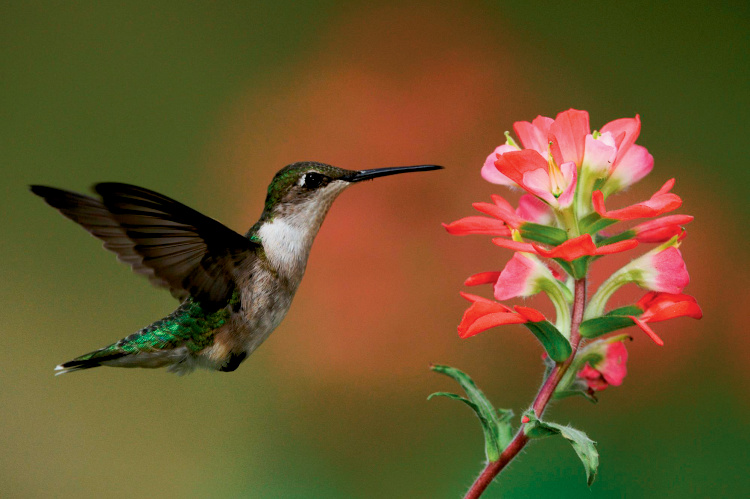
Photo by Rolf Nussbaumer on the Fennessey Ranch. 2008 ICF Pro-Tour. www.imagesforconservation.org
Is it a coincidence that the first wave of these feathered jewels coincides with reliable early blooming plants? Probably not. Spring flowers not only brighten the garden and provide nectar, but they can also be used as the prompt to hang hummingbird feeders for early arrivals.
Bugs for Breakfast
Many people enjoy hummingbird activity at feeders filled with sugar water, but it is good to understand the substantial benefits of providing flowering plants.
Nectar not only has a bit more nutrient value than sugar solution, but flowers also attract insects. Hummingbirds are actually insectivores, fueled by sugar. Small insects and tiny spiders are necessary to satisfy their nutritional needs, and this source of protein is especially important for the hummingbird young, as mother hummingbirds regurgitate a slurry of nectar and insects into the mouths of the hatchlings. A point of interest is that the male hummingbird plays no roles in nest building, incubating or feeding the young – sort of a feathered dead-beat dad!
Red Buckeye
For years I have relied on red buckeyes to alert me that hummingbirds are nigh. In the wild, you find this somewhat rangy shrub to small tree growing in woodsy understory. I’ve had it described to me as a red salvia bush. Indeed it does appear that each stem is tipped with such, though in reality, the two plants are not related.
See More
Red buckeyes are easily grown in sun or shade, and have no pest or disease issues. You may think I’m wrong, dismayed by its habit of dropping leaves in late summer, but that is simply its strategy to deal with heat and drought. It goes into early dormancy, reducing water needs. For this reason, it is best to plant in a group of other plants that will help camouflage its poor appearance during the dog days. As it grows and spreads, feel free to limb it up, forming a more shapely small tree.
Trumpet Honeysuckle
Trumpet honeysuckle has long been treasured for its ease of growth and reliable spring color. Also known as coral honeysuckle, this native vine sports prolific red flowers with yellow interiors. The foliage is mostly evergreen during milder winters and has a bluish tint.
Happily for gardeners and hummingbirds, there have been a few introductions in recent years that will repeatedly flush and bloom right up until hard frost in autumn – a valuable improvement over the straight native that provides only spring flowers. ‘Major Wheeler’ is a reblooming form that has become more commonly found in garden centers, along with ‘Blanche Sandman’ and ‘Alabama Crimson.’ I find it amusing that some growers market the latter as ‘Alabama Scarlet’ to avoid offending Auburn supporters.
Flowering Quince
Don’t disparage grandma’s old flowering quince either. Its ability to survive on sites where the house is long gone is testimony to its durability and ease of culture. I’m baffled by people who despise it because of its thorns, yet have landscapes filled with roses! Not only do its early and reliable blooms benefit hummingbirds, but the thorns themselves are a boon to other nesting birds such as catbirds, cardinals and thrashers that like the fierce protection.
Maybe that shade of red is not your cup of tea, but quince can be found in pink, peach, orange and white. If thorns are that big an issue, look for the new thornless introductions such as the Double Take™ series that have huge flowers and come in a range of hues.
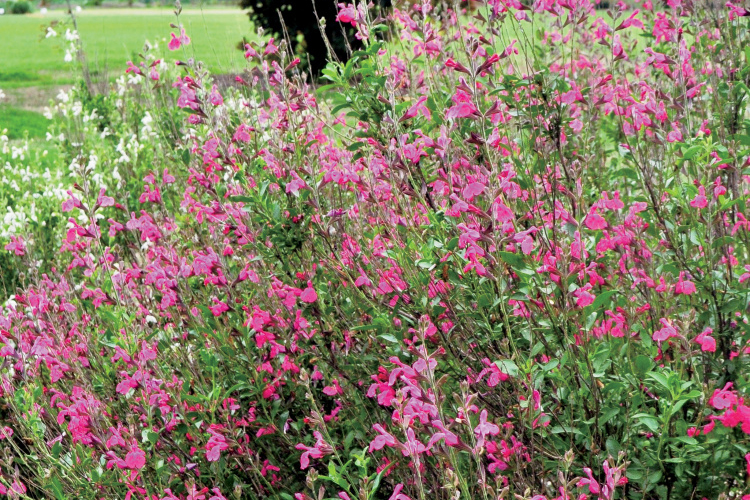
Texas Sage & Other Spring Perennials
Add spring-blooming perennials that hummingbirds favor. Eastern red columbine and spigelia are well adapted for shady areas. These may require finding a nursery that specializes in natives, but are well worth the efforts. For sunny areas, use moss phlox, dianthus and Texas sage.
Texas sage is a salvia, (Salvia greggii), and salvias are plants that usually star in the summer and fall. This one begins its show remarkably early in spring. Native to Texas and Mexico, it has proven highly adaptable to the Southeast, maturing into a small woody shrub that can be evergreen in Tennessee’s milder winters. Selections can be found in many shades of pink and red, or even white and purple. Plant in well-drained soil, and expect a good spring show, followed by more sparing flowers during summer. When nights begin to cool in early autumn, it fires up for a fall show that continues until hard frost. Some cultivars get rangy and unkempt after a few years and benefit from good trimming in late winter just before new growth emerges.
Part of the pleasure in gardening hints of competition. We like to have the earliest tomato, or it might be the initial hummingbird sighting of spring. When that first feathered beauty hovers over flowers you planted for just that moment, it’s not quite having a wild animal eat out of your hand, but it’s close.
This story originally ran in the spring 2018 issue of Tennessee Home & Farm magazine.




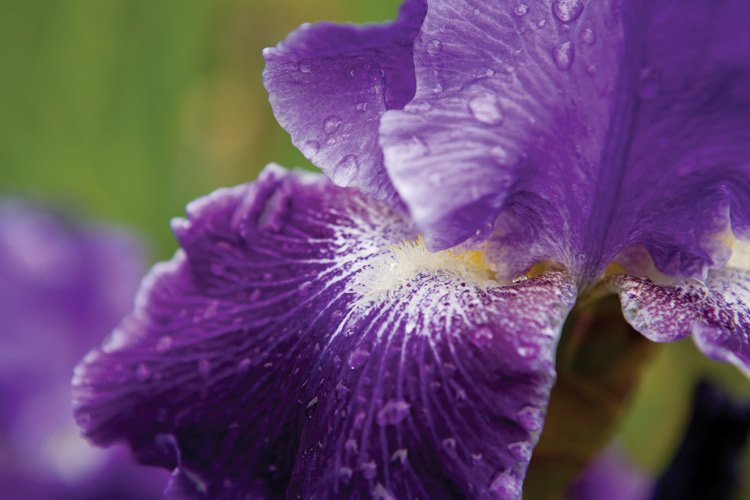

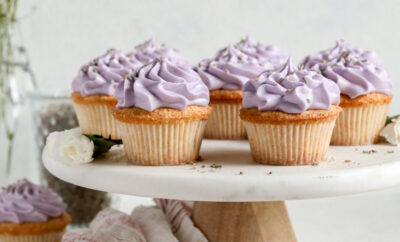







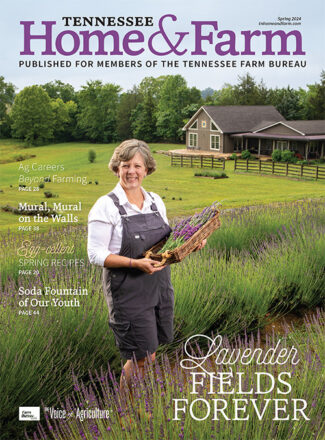

Leave a Comment